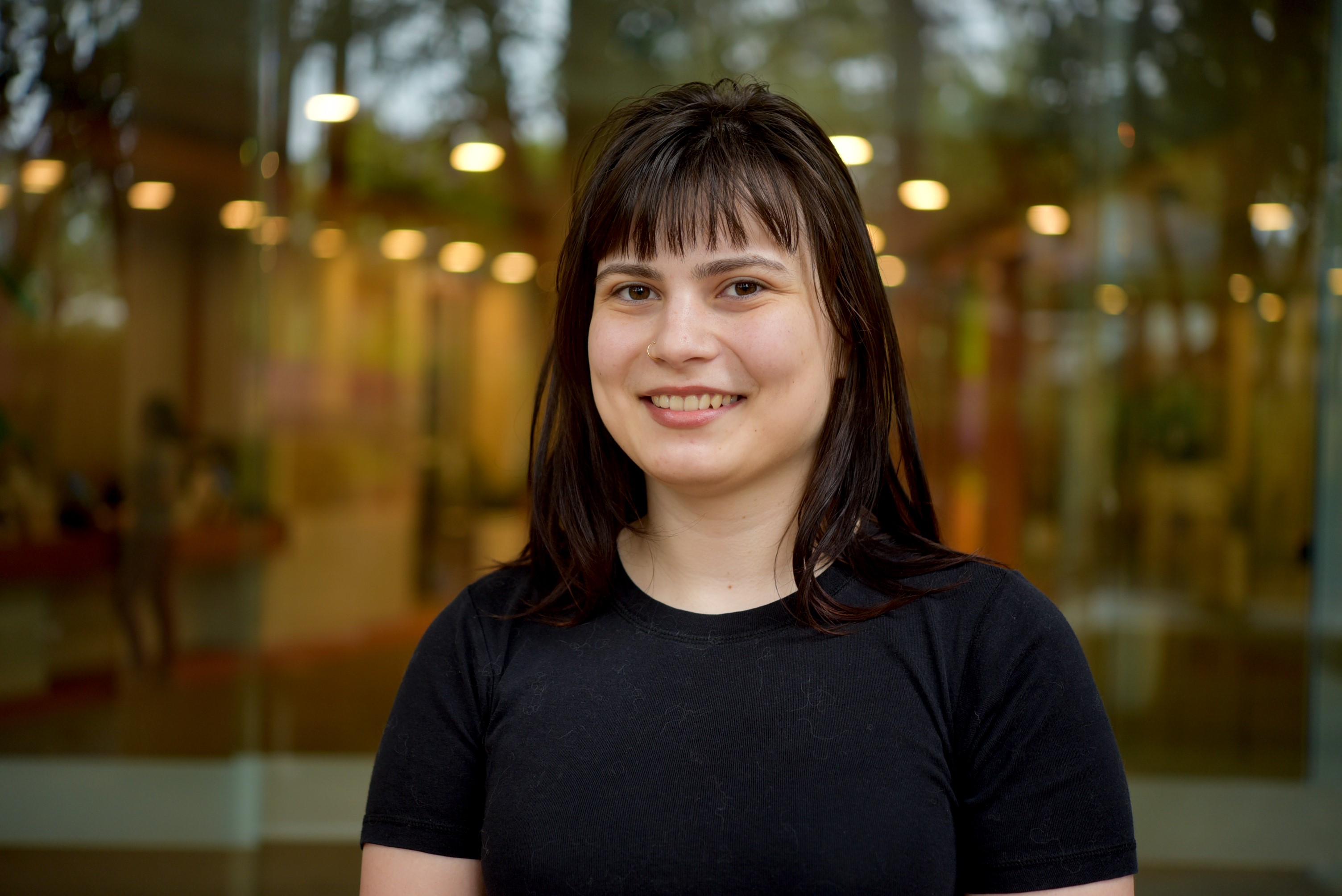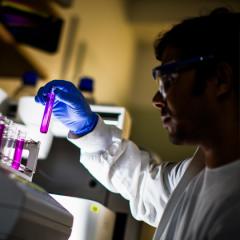What can the metabolism of 606 people from China, the Netherlands and Australia tell us about the onset and progression of ALS, the deadly neurodegenerative disease that spawned the ice bucket challenge?
Turns out, quite a bit.

In an international study led by MND researchers at the Australian Institute for Bioengineering and Nanotechnology (AIBN), metabolic data were collected from hundreds of individuals across three geographic cohorts to explore how metabolism influences the onset and progression of ALS.
While ALS is generally associated with a person’s motor system – and the degeneration of nerve cells in their brain and spinal cord - AIBN Associate Professor Shyuan Ngo says evidence is increasingly pointing to other factors such as weight loss, malnutrition, and hypermetabolism as potential contributors to disease progression, as well as targets for treatment for ALS.
Now, the latest research out of Shyuan’s research group highlights how we might better measure these influences, and take another step towards an effective treatment and cure.
Join The Network
Stay on top of our industry news and developments, events and opportunities, by joining The Network
“The truth is, there’s a lot we don’t understand about ALS, and our ability to define and truly understand the factors contributing to altered metabolism in ALS is limited,” Shyuan says.
“And so, a crucial step is to keep filling in these knowledge gaps.
“This research is about strengthening our ability to examine altered metabolism in ALS and what it could mean for effective treatment.”
Led by AIBN PhD scholar Cory Holdom, and featuring contributions from Ngo Group colleague Stephanie Howe and Associate Professor Frederik Steyn from UQ School of Biomedical Sciences, the paper published in Neurology explores the use of a standardised approach for defining an altered metabolic rate in ALS patients across three countries –Australia, China and the Netherlands.
The case-control multicohort study was conducted over seven years to December 2022 with data collected from participants across three sites: The Royal Brisbane and Women’s Hospital, Australia, Peking University Third Hospital in Beijing, China, and the University Medical Center Utrecht, the Netherlands.
A total of 606 people were involved, including 320 controls and 286 ALS patients. All underwent body composition and metabolic assessments.
“We aimed to determine how geographic variation in metabolic rates influences estimates and accuracy of predicted REE (resting energy expenditure) in patients with ALS and controls, while validating the effectiveness of cohort-specific approaches in predicting altered metabolic rate in ALS,” Cory said.

Despite observing altered systemic metabolism in the three distinct cohorts of patients with ALS, the group noted several study limitations.
“Our proposed approach of categorising patients with ALS into metabolic states, though instructive, might be overly simplistic and may not fully capture the complexity of metabolic changes in ALS,” Cory said.
“Future research should consider a more nuanced approach to better reflect the spectrum of metabolic alterations in this disease,” added Frederik.
Despite these limitations, the group’s findings contribute to the evolving understanding and narrative of metabolic dysregulation in ALS and paves the way for more comprehensive, larger-scale studies wherein a common approach for accurate modelling of REE could be considered.

“Taking the first steps towards a more rigorous and standardised approach for identifying metabolic changes is crucial for this area of research because it will contribute to a more refined understanding of the causes of, and clinical implications of hypometabolism and hypermetabolism in ALS,” Shyuan says.
The paper ties in neatly with the Ngo group’s broader research at the AIBN, which is focused on how metabolic homeostasis at the systemic and cellular level can impact upon neurodegenerative processes.
Also contributing to the paper was Professor Pamela McCombe and Associate Professor Robert Henderson from the UQ Centre for Clinical Research and RBWH Department of Neurology, as well as additional researchers from China and The Netherlands.
You can read the whole paper here.


